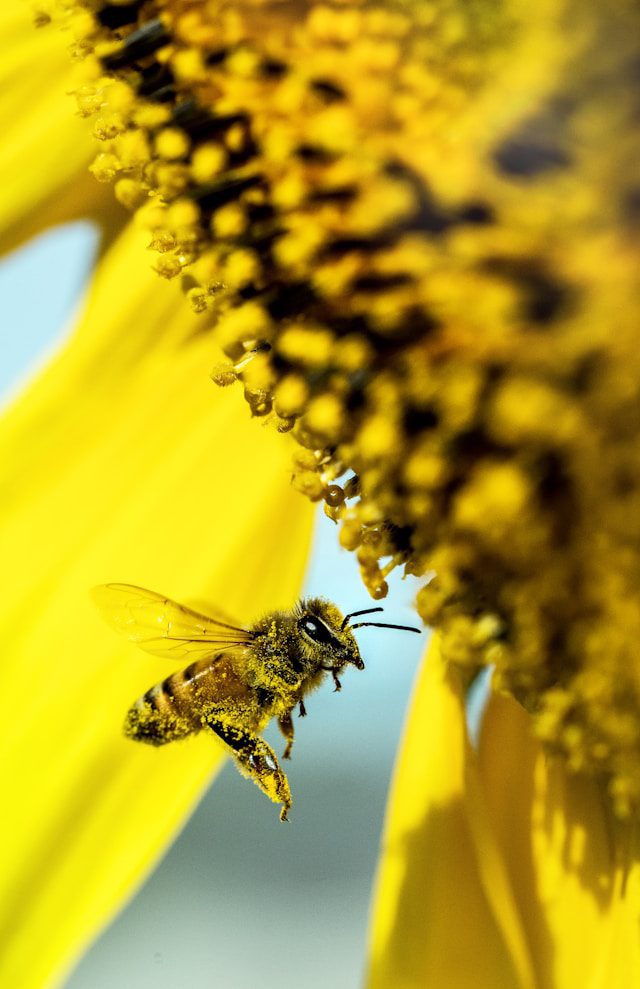Honeybees, often called nature's hardest workers, are vital to our ecosystem, serving as essential pollinators for many crops and plants. These hardworking insects pollinate around one-third of the food we eat, making them crucial to food production worldwide. These fascinating insects live in colonies with a well-structured social hierarchy comprising the queen bee, drones, and thousands of worker bees all work together in harmony within the hive. A single hive can house up to 80,000 bees, each with a specific role to play.
The queen bee is the largest individual in the colony and is solely responsible for egg-laying to ensure the survival of the hive. Where drones are male bees whose primary purpose is to mate with virgin queens from other colonies. On the other hand, the workers are all female and each worker bee has a specific role within the hive such as foraging for food and building honeycombs, nursing larvae and guarding the hive entrance. The workers all tirelessly work to collect nectar and pollen from flowers to produce honey.
Furthermore, honey bees communicate through pheromones and a unique dance language known as the waggle dance. With this intricate form of communication worker bees can convey important information to each other about food sources, potential threats or suitable sites for new hives. These incredible insects possess a keen sense of direction, using the sun as a compass to navigate back to their hives. Additionally, honey bees produce not just honey but also valuable byproducts such as propolis, royal jelly and beeswax, which have various medicinal properties.
Moreover, the process of pollination conducted by honey bees is essential for agriculture and food production. Without these little creatures buzzing around and transferring pollen from one flower to another, many crops would struggle to reproduce. Beyond their essential role in supporting our ecosystems through pollination, honey bees offer us an opportunity to marvel at nature's ingenuity and interconnectedness. In recent years, honey bee populations have been declining due to various factors such as habitat loss, pesticide use, and diseases. It is more important than ever to raise awareness about the importance of these pollinators and take steps to protect them.

The scientific name of a honeybee is Apis, derived from the Latin meaning bee. Although modern dictionaries may refer to Apis as either honey bee or honeybee. Within the genus Apis, there are different subspecies of honeybees with unique characteristics and behaviours. Each subspecies has adapted to its specific environment over thousands of years, showcasing remarkable genetic diversity. Interestingly, there are over 20,000 known species of bees worldwide, with Apis mellifera being one of the most studied due to its economic importance.
For example, the scientific name of the European or Italian honeybee is Apis mellifera, a species that plays a crucial role in pollination and ecosystem sustainability. Interestingly, the word Apis is Latin for bee, while mellifera means honey-bearing, referring to the species' production of honey for the winter. This aptly describes the primary function of these remarkable creatures - producing delicious honey.
Apis mellifera has evolved over millions of years to efficiently collect nectar and pollen from flowers using specialized body parts like their proboscis and pollen sacs. The ability of honeybees to communicate through complex dances and pheromones adds to their mystique and sophistication as social insects. In studying these fascinating creatures, scientists continue to uncover new insights into their behaviour, biology, and contribution to our world.